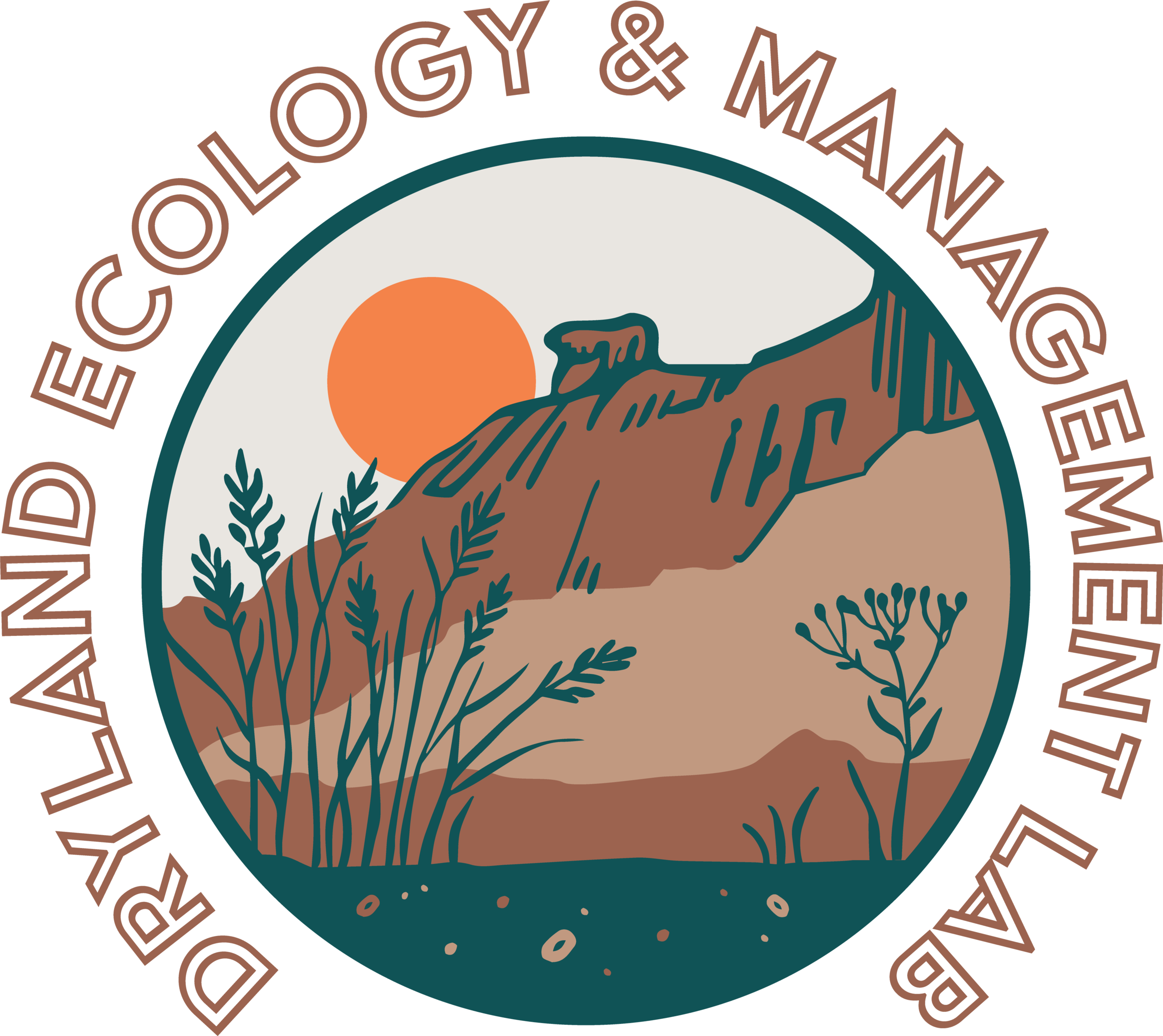Harnessing livestock and microbes to improve rangeland productivity and soil health
About the project
Seed-based restoration is an important part of supporting the recovery and health of degraded rangelands in arid and semiarid environments, but is often challenged by ongoing disturbance. Rangelands are frequently used for livestock grazing, and closing off these important areas while seeds establish may not always be feasible. In this study, we are exploring potential synergies among rangeland seeding, soil health (e.g., soil inoculation, pits, and seedballs), and livestock grazing treatments in partnership with RestoreNet and land managers across the western United States.
Major questions
How do livestock grazing treatments impact seeded plant establishment?
How do livestock grazing treatments impact soil health?
How is the soil microbiome changed by livestock grazing treatments?
Field Photos
All photos taken by Katy Stites, Communications Coordinator in the Forest and Rangeland Stewardship Department at Colorado State University









What we’re testing
Soil Health Strategies
Microbially rich soil inoculation and soil pitting for moisture retention
Seeding Strategies
Broadcast seeding vs seed balls (or seed “pellets”), crossed with microbial inoculation and pitting
Livestock Interactions
Short-duration cattle grazing treatments to incorporate seeds into the soil
Collaborators
USGS, Southwest Biological Science Center
Seth Munson, Laura Shriver, and Sarah Costanzo
Northern Arizona University
Kitty Gehring, Ri Corwin (PhD student)
University of Arizona
Elise Gornish
DEML Team Members
Emily Swartz
PhD Student




